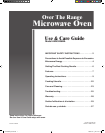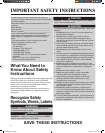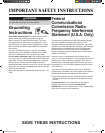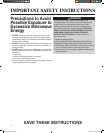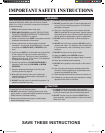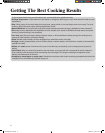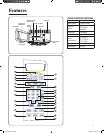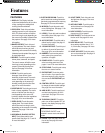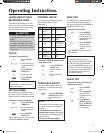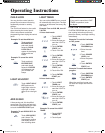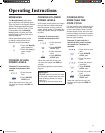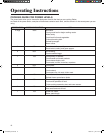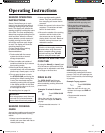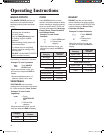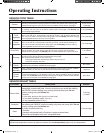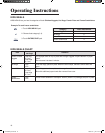
6
To get the best results from your microwave oven, read and follow the guidelines below.
•
Storage Temperature: Foods taken from the freezer or refrigerator take longer to cook than the same foods at room
temperature.
•
Size: Small pieces of food cook faster than large ones, pieces similar in size and shape cook more evenly. For even
cooking, reduce the power when cooking large pieces of food.
•
Natural Moisture: Very moist foods cook more evenly because microwave energy is attracted to water molecules.
•
Stir foods such as casseroles and vegetables from the outside to the center to distribute the heat evenly and speed
cooking. Constant stirring is not necessary.
•
Turn over foods like pork chops, baking potatoes, roasts, or whole cauliflower halfway through the cooking time to
expose all sides equally to microwave energy.
•
Place delicate areas of foods, such as asparagus tips, toward the center of the dish.
•
Arrange unevenly shaped foods, such as chicken pieces or salmon steaks, with the thicker, meatier parts toward the
outside of the dish.
•
Shield, with small pieces of aluminum foil, parts of food that may cook quickly, such as wing tips and leg ends of
poultry.
•
Let It Stand: After you remove the food from the microwave, cover food with foil or casserole lid and let it stand to
finish cooking in the center and avoid overcooking the outer edges. The length of standing time depends on the
density and surface area of the food.
•
Wrapping in waxed paper or paper towel: Sandwiches and many other foods containing prebaked bread should be
wrapped prior to microwaving to prevent drying out.
Getting The Best Cooking Results
AMV5206BA_03143F.indb 6 2006-01-20 ¿ÀÀü 11:15:14



